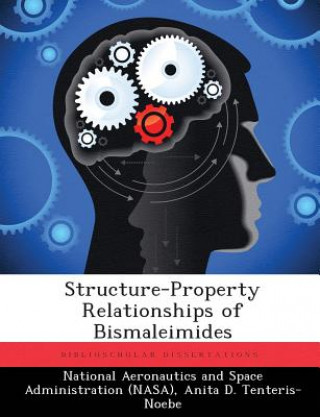
Kód: 08287406
Structure-Property Relationships of Bismaleimides
Autor Anita D Tenteris-Noebe
The purpose of this research was to control and systematically vary the network topology of bismaleimides through cure temperature and chemistry (addition of various coreactants) and subsequently attempt to determine structure-mec ... celý popis
- Jazyk:
 Angličtina
Angličtina - Vazba: Brožovaná
- Počet stran: 350
Nakladatelství: Biblioscholar, 2013
- Více informací o knize

Mohlo by se vám také líbit
-

End of Secrecy? Military Competitiveness in the Age of Transparency
1646 Kč -

Princess Aline
518 Kč -

enquiry into the history of Scotland preceding the reign of Malcom III. or the year 1056. Including the authentic history of that period. In two volum
925 Kč -

Genuine Account of the Burning the Nightingale Brig, Lately Belonging to Thomas Benson, Esq; A Member of the Last British Parliament. Written by John
532 Kč -

Among Alins. a Novel.
652 Kč -
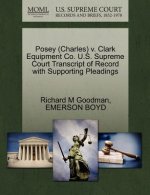
Posey (Charles) V. Clark Equipment Co. U.S. Supreme Court Transcript of Record with Supporting Pleadings
679 Kč -

Mountain of My Dreams
432 Kč
Dárkový poukaz: Radost zaručena
- Darujte poukaz v libovolné hodnotě a my se postaráme o zbytek.
- Poukaz se vztahuje na celou naši nabídku.
- Elektronický poukaz vytisknete z e-mailu a můžete ihned darovat.
- Platnost poukazu je 12 měsíců od data vystavení.
Více informací o knize Structure-Property Relationships of Bismaleimides
Nákupem získáte 165 bodů
 Anotace knihy
Anotace knihy
The purpose of this research was to control and systematically vary the network topology of bismaleimides through cure temperature and chemistry (addition of various coreactants) and subsequently attempt to determine structure-mechanical property relationships. Characterization of the bismaleimide structures by dielectric, rheological, and thermal analyses, and density measurements was subsequently correlated with mechanical properties such as modulus, yield strength, fracture energy, and stress relaxation. The model material used in this investigation was 4,4'-BismaleiMidodIphenyl methane (BMI). BMI was coreacted with either 4,4'-Methylene Dianiline (MDA), o,o'-diallyl bisphenol A (DABA) from Ciba Geigy, or Diamino Diphenyl Sulfone (DDS). Three cure paths were employed: a low- temperature cure of 140 C where chain extension should predominate, a high-temperature cure of 220 C where both chain extension and crosslinking should occur simultaneously, and a low-temperature (140 C) cure followed immediately by a high-temperature (220 C) cure where the chain extension reaction or amine addition precedes BMI homopolymerization or crosslinking. Samples of cured and postcured PMR-15 were also tested to determine the effects of postcuring on the mechanical properties. The low-temperature cure condition of BMI/MDA exhibited the highest modulus values for a given mole fraction of BMI with the modulus decreasing with decreasing concentration of BMI. The higher elastic modulus is the result of steric hindrance by unreacted BMI molecules in the glassy state. The moduli values for the high- and low/high-temperature cure conditions of BMI/MDA decreased as the amount of diamine increased. All the moduli values mimic the yield strength and density trends. For the high-temperature cure condition, the room- temperature modulus remained constant with decreasing mole fraction of BMT for the BMI/DABA and BMI/DDS systems. Postcuring PMR-15 increases the modulus over that of the cured mate
 Parametry knihy
Parametry knihy
Zařazení knihy Knihy v angličtině Society & social sciences Education
1646 Kč
- Plný název: Structure-Property Relationships of Bismaleimides
- Autor: Anita D Tenteris-Noebe
- Jazyk:
 Angličtina
Angličtina - Vazba: Brožovaná
- Počet stran: 350
- EAN: 9781288916191
- ISBN: 9781288916191
- ID: 08287406
- Nakladatelství: Biblioscholar
- Hmotnost: 626 g
- Rozměry: 246 × 189 × 19 mm
- Datum vydání: 13. March 2013
Oblíbené z jiného soudku
-

Oxford IB Diploma Programme: IB Economics Course Book
1594 Kč -

OET Preparation
246 Kč -
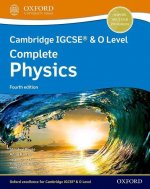
Cambridge IGCSE (R) & O Level Complete Physics: Student Book Fourth Edition
929 Kč -

Business Partner B2 Workbook
462 Kč -

Business Partner B1 Workbook
434 Kč -

Imagine If...
306 Kč -

OET Reading Subtest Preparation
343 Kč -

Vol 2 Blackletter Lettering Adventures
635 Kč -

AS & A Level Maths For Dummies
455 Kč -

CompTIA Security+ Review Guide - Exam SY0-601
621 Kč -
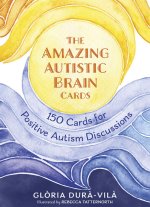
Amazing Autistic Brain Cards
1000 Kč -
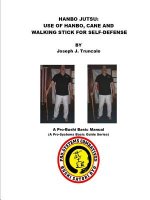
Hanbo Jutsu: Use of Hanbo, Cane and Walking Stick for Self Defense
284 Kč -

Embodied Teen
545 Kč -

Blue Book of Grammar and Punctuation: An Easy- to-Use Guide with Clear Rules, Real-World Examples , and Reproducible Quizzes, Twelfth Edition
393 Kč -

Positive Discipline Tools for Teachers
433 Kč -
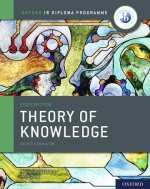
Oxford IB Diploma Programme: IB Theory of Knowledge Course Book
1466 Kč -
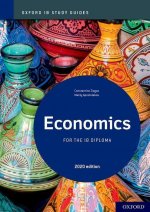
Oxford IB Study Guides: Economics for the IB Diploma
1120 Kč -

Speed and Accuracy: Division
208 Kč -

GCSE Spanish Exam Practice Workbook (includes Answers & Free Online Audio)
220 Kč -

KS3 Maths 10-Minute Weekly Workouts - Year 7
199 Kč -

Vertical Academy
919 Kč -

Grade 9-1 GCSE Maths AQA Revision Question Cards - Higher
242 Kč -
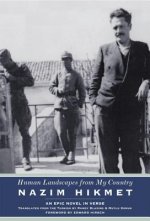
Human Landscapes from My Country
656 Kč -
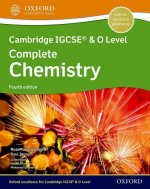
Cambridge IGCSE (R) & O Level Complete Chemistry: Student Book Fourth Edition
992 Kč -

Oxford IB Diploma Programme: IB Course Preparation Mathematics Student Book
992 Kč -
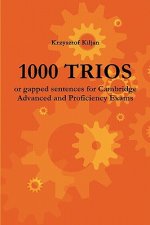
1000 TRIOS or gapped sentences for Cambridge Advanced and Proficiency Exams
608 Kč -

Business Partner B1+ Workbook
462 Kč -

(ISC) SSCP SG & SSCP Practice Test Kit, 3e
1745 Kč -
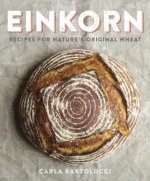
Einkorn
519 Kč -

Czech Verbs
954 Kč -

Motivation and Reinforcement
1161 Kč -

Pearson Edexcel International GCSE (9-1) English Language B Student Book
1328 Kč -

Read Write Inc. Phonics: Red Ditty Book Bag Books (Mixed Pack of 10)
1587 Kč -

Oxford International Primary Maths Second Edition: Practice Book 1
323 Kč -

Forensic Linguistics Articles
417 Kč -

Corrected Squares of The Book of Abramelin
14513 Kč -

Exam Prep for Microeconomics by Pindyck & Rubinfeld, 6th Ed.
1089 Kč -

KS3 Maths 10-Minute Weekly Workouts - Year 8
199 Kč -

Reading Mind - A Cognitive Approach to Understanding How the Mind Reads
556 Kč -

Internet Protocol over Link-16
1646 Kč -

Effect of Registration Errors on Tracking in a Networked Radar System
1646 Kč -

Princeton Review SAT Premium Prep, 2021
1136 Kč -

CEH v11 Certified Ethical Hacker Study Guide + Practice Tests Set
1869 Kč -

10 Practice Tests for the SAT, 2021 Edition
841 Kč -
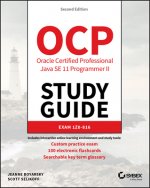
OCP Oracle Certified Professional Java SE 11 Programmer II Study Guide - Exam 1Z0-816 and Exam 1Z0-817
1336 Kč -

Prepared
876 Kč -

Powerful Teaching: Unleash the Science of Learning
665 Kč -

Physics for You
1249 Kč -
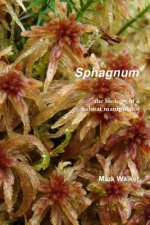
Sphagnum
363 Kč
Osobní odběr Praha, Brno a 12903 dalších
Copyright ©2008-24 nejlevnejsi-knihy.cz Všechna práva vyhrazenaSoukromíCookies



 Vrácení do měsíce
Vrácení do měsíce 571 999 099 (8-15.30h)
571 999 099 (8-15.30h)